Montana in 30 Years: Water
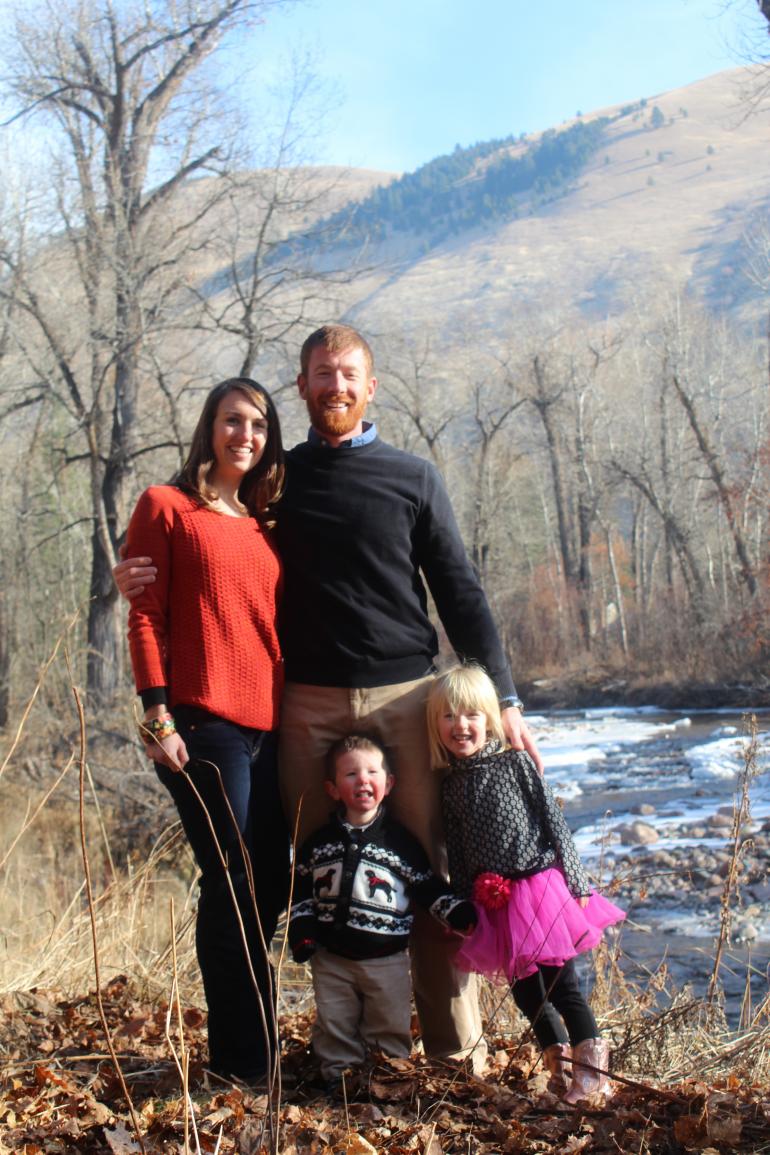
What will be the key water supply-and-demand issues for Montanans in 2044?
I think the most obvious water supply concern issue will be higher temperatures and earlier snowmelt that lead to lower late season streamflows. In addition warmer temperatures will lead to increased loss of rain that falls in the spring and summer back to the atmosphere as evaporation. As the supply of water decreases we will be faced with increasing demands by growth and development that increase our industrial, municipal and agricultural uses of water. Another concern will be to maintain groundwater stores and in-stream flows for fisheries and riparian and wetland areas that promote water quality.
To what degree will climate change impact Montana ground and surface waters?
In general, groundwater is connected to our surface water and sustains our streams, lakes, and wetlands. These are also the water sources that are most sensitive to seasonal and longer-term climatic variations. As a result, the interaction of groundwater and surface water will also be sensitive to variability of climate. Earlier snowmelt and increased spring and summer temperatures mean that more of our precipitation will be returning back to the atmosphere as evaporation, with less water making it to our groundwater supplies and streams.
One of the big challenges for Montana is determining where changes in groundwater and surface water supplies will occur and where they will not occur. When someone mentions that we expect to see a 2-degree warming of average temperature or an increase in average precipitation of 2 inches in the next 30 years for the state, this value is based on our best scientific understanding across the broader Western U.S. The truth is that some parts of the state will change more and some will change less.
There has not been a significant investment to understand where and when these changes are likely to occur within Montana. A better assessment of this local variability is imperative if we want to determine how to best sustain activities such as agriculture that depend on water and drive our economy. The Montana Climate Office is working to develop and assess historical and current information on vegetation productivity, evapotranspiration, daily precipitation and temperature from meteorological stations and satellite-based measurements (www.climate.umt.edu). From these basic data sets we can begin to create new tools and forecasts for the state based on the best available science and observations. We hope that this will better inform water resource managers or farmers, ranchers, and foresters who need to know how to prepare for shifts in water availability.
How will outdoor recreation be affected by water basin supplies and flow?
Because spring snowmelt is anticipated to start and finish earlier, we will see lower soil moisture and late summer streamflows decline. On dry years, we will see more potential for smaller streams to dry up in late summer. I have talked with numerous ranch owners from eastern Montana who have witnessed the beginnings of this trend first hand. Lower soil moisture and streamflow mean fewer river miles for fishing and rafting, and declines in vegetation and forage for deer and elk populations. Because of the potential for less late season recharge we may also experience rising stream temperatures and more fishing restrictions to limit mortality.
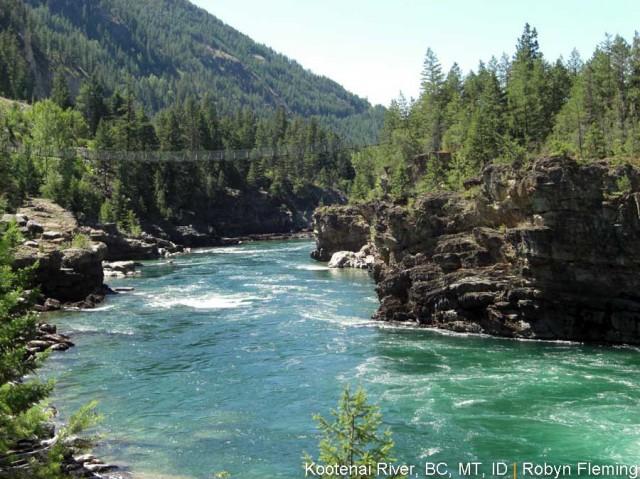
Is “watershed basin management” the likely mechanism for allocating water use in the future?
Yes. Relative to other states across the western U.S., Montana has taken a novel approach to water planning. The state has moved away from a “one size fits all” statewide water policy and instead focuses on management of the larger river basins across the state. This strategy is unique because it has the potential to take into account the characteristics of individual basins and the needs of citizens within them. My hope is that it takes into account water demands and economic development, while satisfying existing social and ecological uses. Initially this started with a plan for the Clark Fork River Basin and by 2015 will have progressed to the Yellowstone, Upper Missouri and Lower Missouri River Basins. However, a key need will be to move from basin scale management to individual watersheds. People tend to identify and care more about what happens in their backyard. A key factor in the success of this management approach will be a sustained and open dialogue between scientists, local communities, and on the ground managers.
In what ways will Montana likely experience conservation of water supply?
The management and conservation of Montana’s water supplies is going to be one of the toughest environmental challenges during the next century. Water demand will rise along with the population of Montana. At the same time, due to higher temperatures and increased aridity, water supplies will be on the decrease. To meet the increasing need for water along with its decreasing availability we will need to become more efficient at storing and utilizing water. This may occur through a variety of approaches such as groundwater banking, increased irrigation efficiency, and better accounting of water use. Another potential solution in some areas would be to switch from irrigated crops to rain fed crops that require less water. The downside is that this could cost farmers money in terms of reduced crop yields and it would not be feasible in areas that currently receive little rain.
How will Montana’s water appropriation laws change over the next 30 years?
Good question. The honest answer is I don’t know. Montanans allocations of water are based on prior appropriation doctrine. This is summarized as first in time, first in right, meaning that priority to users is given based upon when the water was first put to a beneficial use. Increased competition for decreasing water resources are creating challenges for the implementation of this doctrine. The challenges result from reliance on individual water users to regulate their water use, groundwater development that reduces surface water recharge, and federal statutes and regulations that protect the operation of federal water projects. I have a lot of respect for policy makers that have to address these important challenges. Many have suggested giving more priority to domestic water users, contracting for stored water, or utilization of groundwater. Changes to existing water rights would lead to an increased reliance on the Department of Natural Resources and Conservation to monitor and enforce water use. While some additional water may be available from privately or state owned reservoirs, the most likely source of purchasing water for new users are large federally owned reservoirs in Montana. Another possibility is aquifer storage and recovery, which involves the injection of excess surface water during the spring into underground aquifers for later withdrawal.
Kelsey Jencso is an Assistant Professor of Watershed Hydrology at the University of Montana and the Montana State Climatologist. His research with graduate students focuses on understanding the sources areas of stream water quantity and quality in mountain landscapes and how water availability and forest management impact the spatial patterns of forest productivity. At the Montana Climate Office Kelsey and staff are working to provide targeted climate and water information to the people of Montana for specific sectors of interest by either location or resource. Away from the office Kelsey enjoys spending time with his family, fishing, hunting, skiing and generally any other activity that puts him in the mountains of Montana.
http://drought.mt.gov/default.aspx


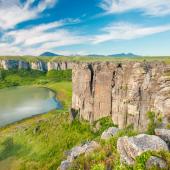

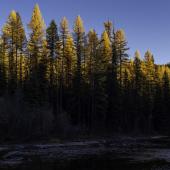
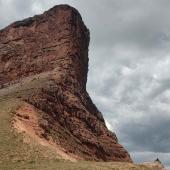




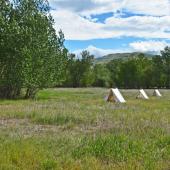
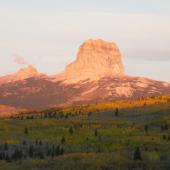
Leave a Comment Here